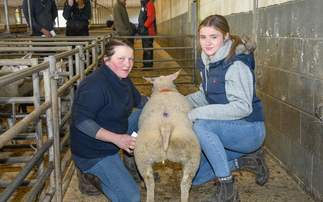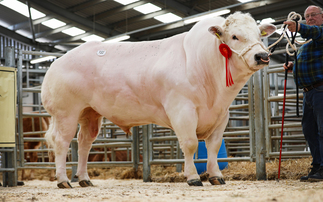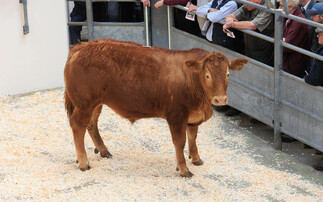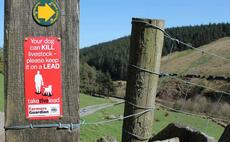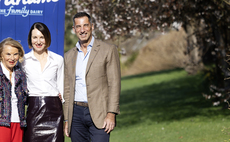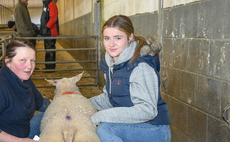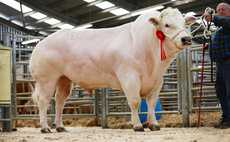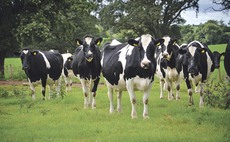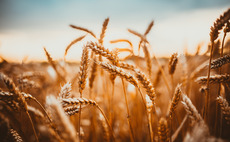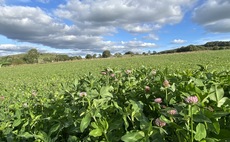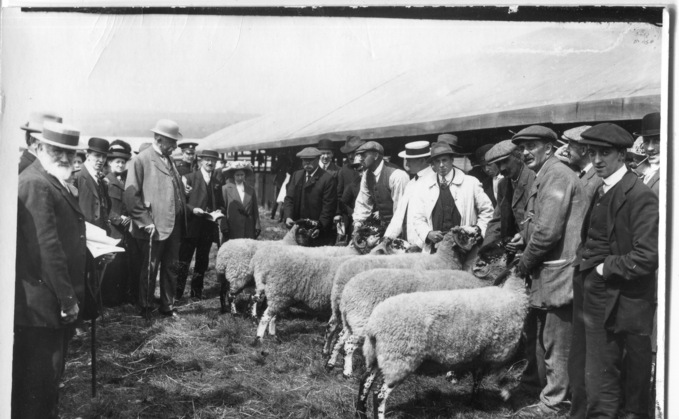
Agricultural shows are synonymous with rural communities, and while most started as a social event for farmers to display and promote their finest livestock and crop exhibits, modern-day shows have become a coupling between countryside and urban communities.
In excess of 6.5 million people visit agricultural shows every year. Many show societies originated in the 1700s, established by the agriculture stalwarts of the time, who were keen to showcase the latest innovations for boosting productivity, and by the mid-1800s shows were evolving into the events we know today.
Paul Hooper, secretary of the Association of Shows and Agricultural Organisations, says: "Agricultural shows of today and in the past have a major role in education. But following Covid-19, their role became even more crucial, having a huge influence in bringing families together.
READ NOW: Inside the kennels of a champion trialist
"Shows provide a plethora of activities and sights both educational and as entertainment, while displaying the best of great British food all in one place.
"They are a reflection of the countryside, rural life and urban life, and bring everyone together to positively look forward."
From a livestock perspective, Mr Hooper believes that shows provide a rare occasion for urban families to get close to livestock, but he says they also play a major role in the well-being of exhibitors – providing an occasion to leave the farm, socialise with like-minded people and compare their livestock against those of the same and other breeds.
He adds: "Shows provide a place for exhibitors to market their livestock to fellow breeders. Accolades gained in the ring can be a big influence in sales and breeding choices. Shows are a huge commitment, but their benefits are as much for farmers as they are for the public benefits that we cater for."
He is pleased that the importance of agricultural shows to rural Britain has been recognised by the House of Commons in recent years.

Conservative politician Richard Holden said: "Britain has a long and proud tradition of agricultural and county shows. They fuel economic activity in our rural communities and provide incalculable value to the societies they celebrate. They showcase the very best of farming – a sector that contributes about £115 billion a year to the economy."
Thinking about the future of agricultural shows, Mr Hooper recognises the financial outlay that shows are to individual exhibitors and the show committees, but believes they are in good stead for generations to come.
He adds: "You only have to look around to see the multi-generational involvement at a show and the enthusiasm the next generation holds for the events. Most shows across the country are organised and carried out by thousands of volunteers, and I believe this is what makes them so successful.
"Their hard work and forward-thinking will help to keep them in place for years to come."

Transport and the war
Local exhibitors were initially relied upon for livestock entries at shows, but the rise of the railways brought a big change and drew entries from further afield.
Mr Hooper says: "Many shows had railheads built with them in mind. The well-known equestrian David Tatlow told me how, in the 1920s and 1930s when his father, Harold, worked for Lady Astor, he would ride the hunter and herd the cattle from the estate through the village to the railway station, put them and the horse on the train to compete at a show and then repeat the process to get home.
"Throughout the war years, no shows were held, but show societies were still active. They produced Ministry of Agriculture, Fisheries and Food papers on growing crops and keeping livestock to inform the people who were left at home running the farms while many of the men were at war.
"Following this period, and with encouragement from the Government, shows really began to thrive."
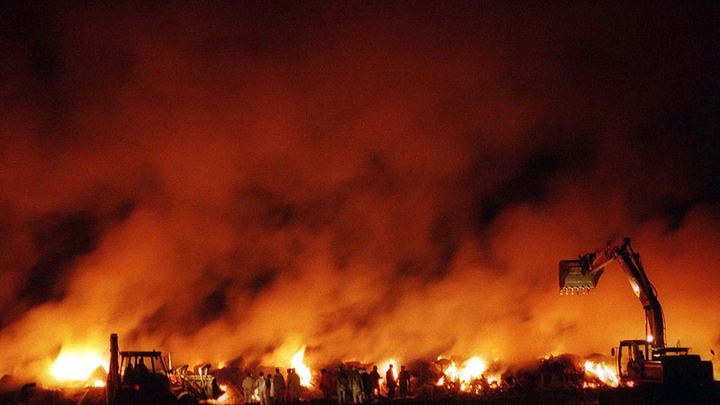
Foot-and-mouth
Due to foot-and-mouth, 2001 was a watershed year for many agricultural shows. Financially, many exhibitors and sponsors found alternative means of promoting their products and unfortunately did not return to showgrounds.
Following foot-and-mouth, there was also the introduction of many new rules and regulations, which have only multiplied over time and sometimes increased the burden on those who run shows.
Shows have had to adapt and bring in new attractions which are not necessarily agricultural in order to appeal to a wider audience.
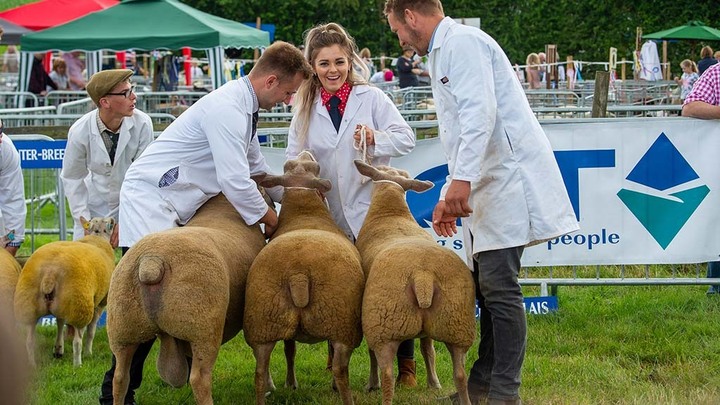
Burwarton show
Now one of the largest one-day shows in the country, Burwarton Show can trace its history back over 130 years to 1891, when the Burwarton and District Farmers Club held the first ever Burwarton Show in a village field.
The 1914 show was abandoned when the First World War broke out, and there was a long gap until the show was reformed in 1947 following the Second World War.
In 1971, there was a real danger the show would be disbanded, but since the construction of a new committee in 1972 the show has gone from strength to strength.
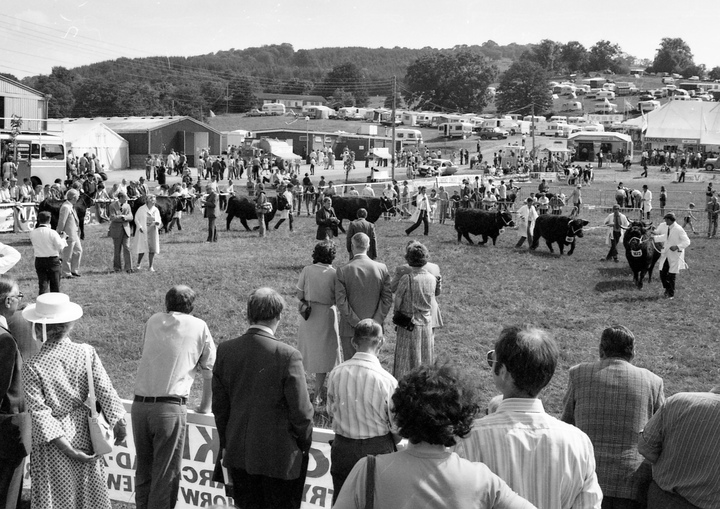
Royal Welsh Show
The first Royal Welsh Show attracted 442 livestock entries, and in 1908, 23 special trains comprising 224 cattle trucks and horseboxes arrived at the show, along with 100 passenger coaches bringing visitors.
Today, the Royal Welsh sees about 250,000 visitors walk through its gates over the four days, while in the livestock rings approximately 8,000 animals are shown.
The future looks bright after the show recently won a battle with the Welsh Government about its timing, and will continue to be held in the school summer holidays.
Welcoming the news, Aled Rhys Jones, Royal Welsh Agricultural Society chief executive, said: "If our show had been forced to happen while Welsh children were still at school, its future viability would be in question.
"It is the biggest event of its kind in Europe and contributes massively to Welsh culture and the economy. With pupils now free to attend the show, we can continue to provide them with the same valuable extracurricular experiences and opportunities which we have always done. We can continue to be partners in educating our young people."












